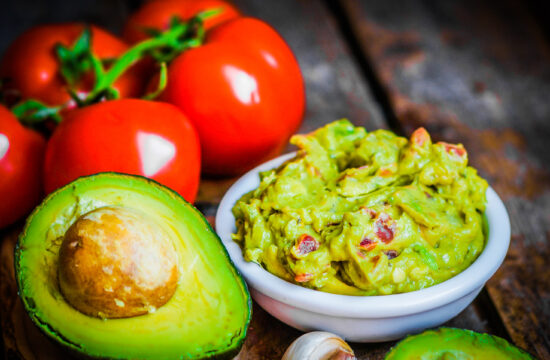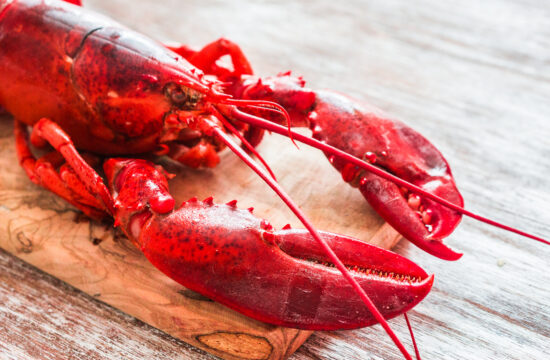Have you ever tried a fad diet? Maybe it was low-carb, or high-protein, or no-fat. Perhaps you saw quick results at first, but eventually hit a plateau or even gained back the weight you lost. If so, you’re not alone. Many people have experienced similar frustrations with fad diets that promise fast results but don’t deliver long-term success.
The truth is, sustainability is key when it comes to losing weight and keeping it off for good. In this post, we’ll explore why fad diets don’t work, how to find a sustainable diet that actually works, and tips for staying on track with your new healthy eating habits.
Introduction: Why Fad Diets Don’t Work
Fad diets often rely on extreme restrictions or gimmicks rather than sound nutritional principles. They may eliminate entire food groups or require intense exercise regimens, making them difficult (if not impossible) to maintain over time. As a result, many people who try fad diets end up feeling deprived, discouraged, and ultimately unsuccessful in achieving their weight loss goals.
Another problem with fad diets is that they can be unsustainable in the long run. Sure, you might see some initial weight loss, but as soon as you go back to your old eating habits, those pounds will creep right back on. And let’s face it – life is too short to spend it counting calories or avoiding certain foods altogether!
The Importance of a Sustainable Diet
So what does a sustainable diet look like? Essentially, it’s one that you can stick to for the rest of your life without feeling deprived or miserable. This means finding a balance between enjoying delicious food and making healthier choices most of the time. A sustainable diet should also provide all the essential nutrients your body needs to function optimally.
One way to achieve a sustainable diet is by following the USDA guidelines for a balanced diet. These recommendations include consuming plenty of whole grains, fruits, vegetables, lean proteins, and healthy fats while limiting saturated and trans fats, added sugars, and sodium intake. By focusing on these nutritious foods, you can enjoy a wide variety of tasty meals while still meeting your weight loss goals.

How to Find the Right Diet for You
There are countless diets out there, each promising different benefits and results. So how do you know which one is right for you? The answer lies in understanding your own unique needs and preferences. Here are some factors to consider:
1. Your lifestyle: Are you an active person who needs more protein and carbs, or someone who spends most of their day sitting behind a desk? Consider your daily routine and choose a diet that fits into your lifestyle.

2. Your taste buds: Let’s face it – if you hate the taste of a particular food group, you probably won’t stick to a diet that includes it. Choose a plan that incorporates foods you love and experiment with new recipes to keep things interesting.
3. Your medical history: Certain health conditions such as diabetes or heart disease may require specific dietary modifications. Consult with your doctor or registered dietician before starting any new diet plan.
Common Mistakes People Make When Trying to Lose Weight
Even with the best intentions, many people make common mistakes when trying to lose weight. Here are three to watch out for:
1. Not tracking progress: It’s easy to get discouraged if you don’t see immediate results. Keep track of your progress using a journal or app to help motivate yourself and adjust your strategy as needed.
2. Overcomplicating things: Sometimes simpler is better. Instead of obsessing over macronutrient ratios or strict meal plans, focus on making gradual changes to your overall diet.
3. Underestimating portion sizes: Portion control is crucial when trying to lose weight. Use smaller plates, measure out servings, and practice mindful eating to ensure you’re not overindulging.
Healthy Eating Habits That Will Help You Reach Your Goals
Here are five healthy eating habits that can help support your weight loss goals:
1. Eat breakfast every day: Starting your morning with a nutritious meal can jumpstart your metabolism and prevent overeating later in the day.
2. Plan ahead: Meal planning and prepping can save you time and stress while ensuring you always have healthy options available.
3. Snack smart: Opt for fresh fruit, nuts, or veggies instead of processed snacks to satisfy hunger between meals.
4. Stay hydrated: Drinking water throughout the day can help curb appetite and flush out toxins.
5. Practice moderation: No food is completely off limits, but practicing moderation can help prevent overconsumption of less healthy foods.
Conclusion: Tips for Staying on Track with Your New Diet
Sticking to a new diet can be challenging, especially if you’ve struggled with weight loss in the past. But with the right approach and tools, you can succeed in reaching your goals. Here are four tips for staying on track:
1. Set realistic expectations: Losing weight takes time and effort. Be patient with yourself and celebrate small victories along the way.
2. Get support: Joining a support group or seeking accountability partners can help keep you motivated and inspired.
3. Experiment with new recipes: Trying new dishes can help prevent boredom and keep your taste buds engaged.
4. Monitor your progress regularly: Check in with yourself periodically to assess your progress and adjust your strategy as needed. Remember, sustainability is key!









